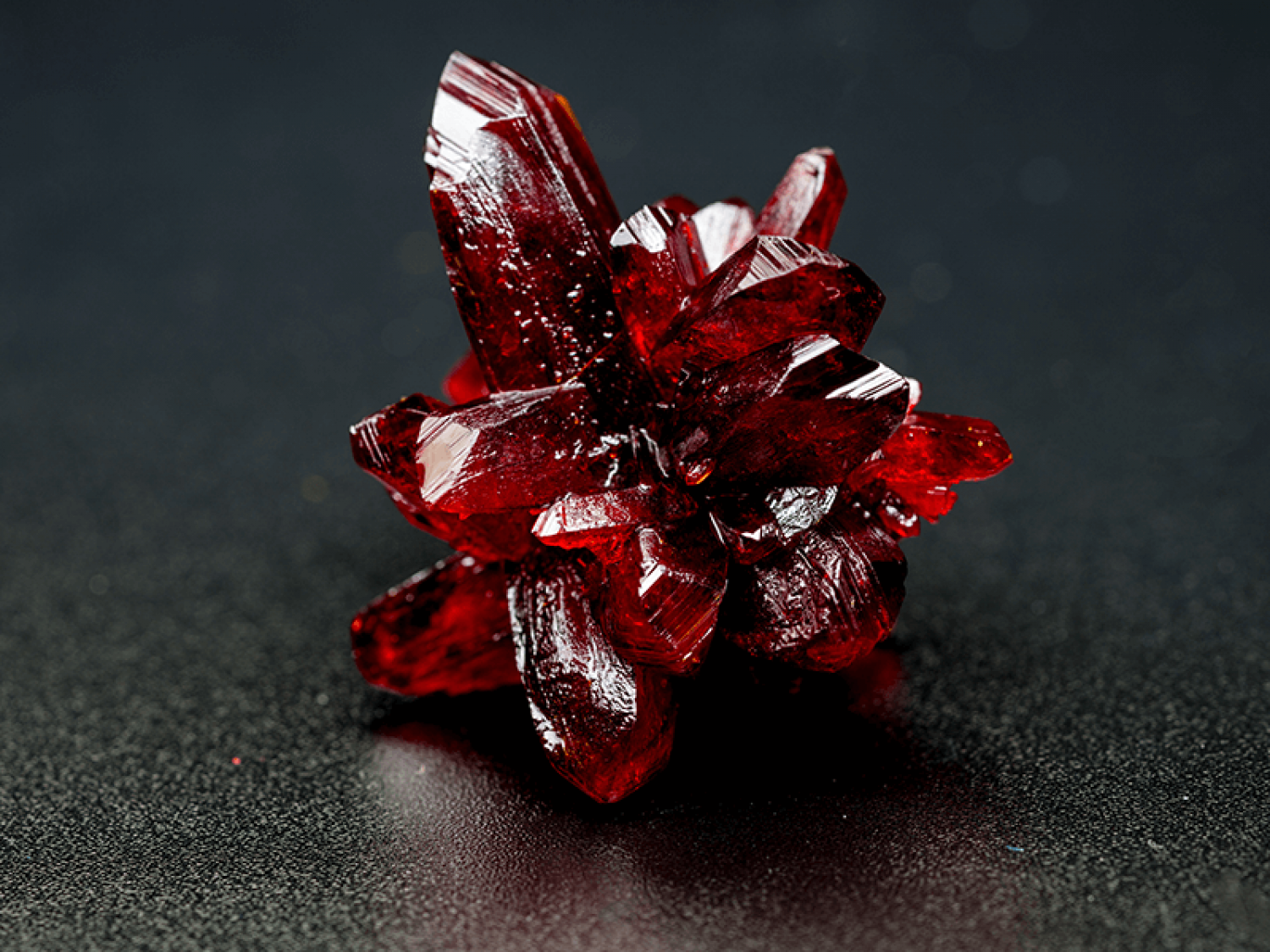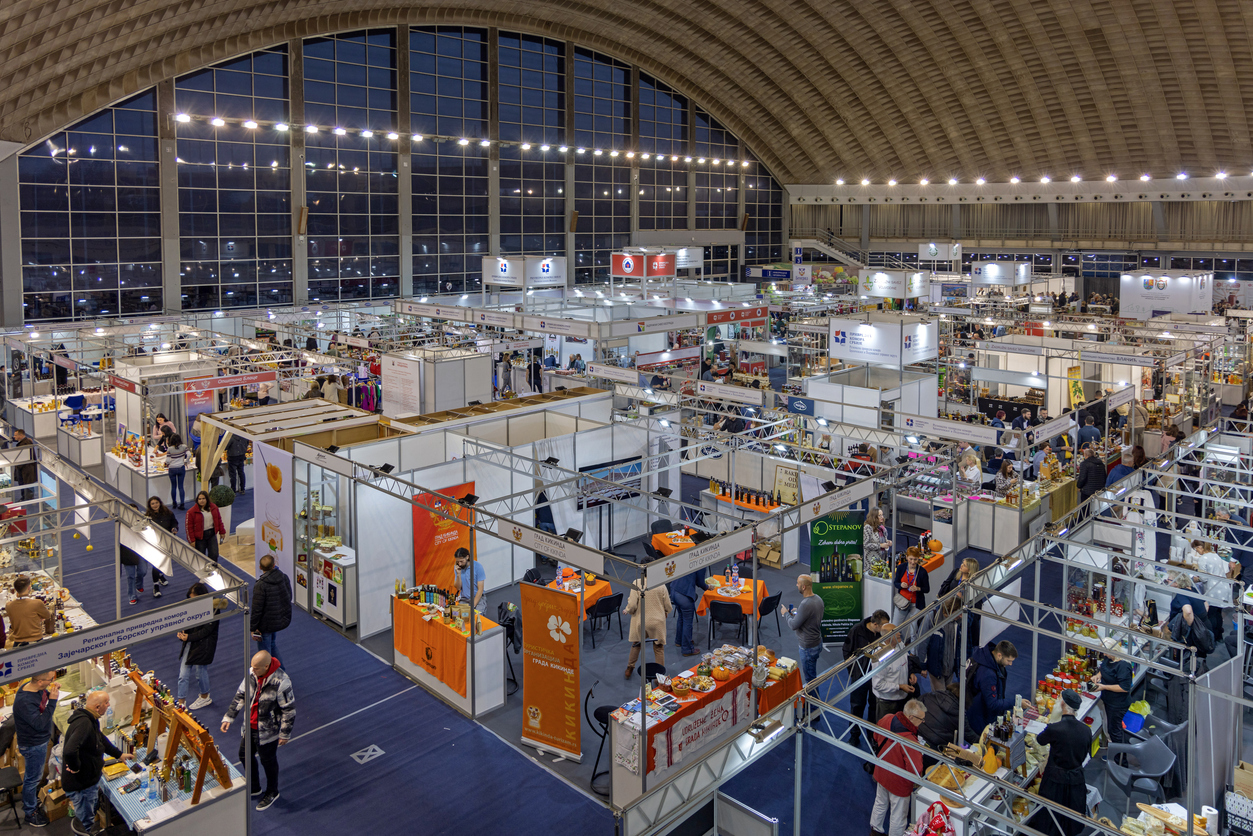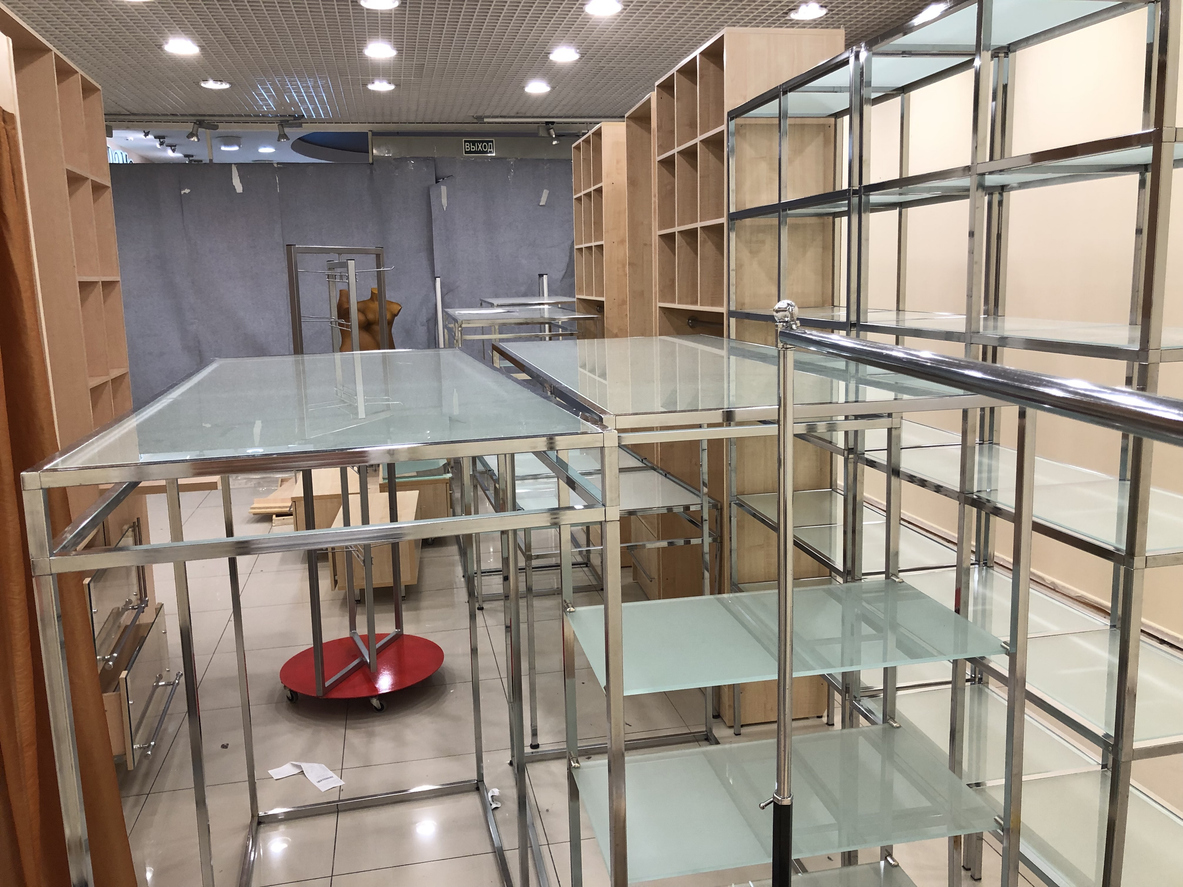Discover the World of Exquisite Ruby Gemstones: A Sneak Peek into Wigmore Trading’s Supply Chain
Discover the World of Exquisite Ruby Gemstones: A Sneak Peek into Wigmore Trading’s Supply Chain
Imagine a mesmerizing world where vibrant hues of crimson dance and shimmer, captivating all who lay their eyes upon them. Welcome to the enchanting realm of exquisite ruby gemstones! Today, we invite you on an exhilarating journey through Wigmore Trading’s intricate supply chain, unravelling the secrets behind these precious gems that have bewitched humanity for centuries. From the depths of earth’s hidden treasures to adorning the most glamorous jewelry pieces around the globe, join us as we unveil the fascinating tale behind these resplendent rocks that continue to ignite passion and desire in every heart they touch. Get ready for a sneak peek into a world where elegance meets allure, as we embark upon this sparkling adventure together!
Introduction to the World of Ruby Gemstones
Introduction to the World of Ruby Gemstones
Ruby gemstones have been highly sought after for centuries due to their stunning beauty, rich history, and symbolic meaning. These precious gems are known for their deep red color and hold a special place in the hearts of gemstone enthusiasts all over the world.
In this section, we will delve into the fascinating world of ruby gemstones and explore their origins, characteristics, and popularity in the jewelry industry.
Origins of Ruby Gemstones:
Rubies are a variety of mineral called corundum, which is made up of aluminum oxide crystals. The presence of chromium within these crystals gives rubies their distinctive red color. The name “ruby” comes from the Latin word “ruber” which means red.
The earliest recorded use of rubies dates back to ancient civilizations such as China and India where they were revered as one of the most precious gemstones. In fact, in Sanskrit writings dating back to around 500 BC, rubies were referred to as “ratnaraj”, meaning king of gems.
Characteristics of Ruby Gemstones:
Ruby gemstones are known for their vibrant color that ranges from pinkish-red to deep blood-red. The intensity and hue can vary depending on its origin and impurities present within the stone. Inclusions are common in rubies but do not necessarily detract from its value or beauty.
What Makes Ruby Gemstones So Desirable?
Ruby gemstones have been treasured for centuries for their vibrant red color, exceptional hardness, and remarkable rarity. These unique qualities make them one of the most desirable and sought-after gemstones in the world. In this section, we will delve deeper into what makes ruby gemstones so desirable and why they hold a special place in the hearts of gemstone enthusiasts.
1. Rich Color
The first thing that catches anyone’s attention when it comes to rubies is their stunning red hue. Known as “the king of gems,” rubies are prized for their deep and intense color that ranges from bright pinkish-red to rich blood-red. This mesmerizing color is caused by the presence of chromium within the crystal structure of the stone. The higher the concentration of chromium, the more vivid and valuable the ruby becomes.
2. Exceptional Hardness
Rubies have a remarkable hardness rating of 9 on Mohs scale, second only to diamonds which have a perfect score of 10. This makes them extremely durable and resistant to scratches, making them ideal for everyday wear in jewelry pieces such as rings, bracelets, and pendants. Their toughness also makes them easy to maintain and ensures that they retain their brilliance for generations.
The Supply Chain of Wigmore Trading
The supply chain of any trading company plays a crucial role in ensuring the quality and authenticity of their products. This is especially true for a company like Wigmore Trading, which deals in exquisite ruby gemstones from around the world. Let’s take a closer look at the different stages of Wigmore Trading’s supply chain and how they ensure that only the finest rubies reach their customers.
1. Sourcing: The first step in Wigmore Trading’s supply chain is sourcing raw rubies directly from mines or reliable suppliers around the world. Their team of experts carefully selects each stone based on its color, clarity, cut, and origin to ensure that it meets their high standards.
2. Sorting and Grading: Once the raw rubies are sourced, they are brought to Wigmore Trading’s sorting facility where they undergo a thorough inspection by trained gemologists. Each stone is graded according to internationally recognized standards such as GIA (Gemological Institute of America) or AGL (American Gemological Laboratories).
3. Cutting and Polishing: After grading, the chosen rubies are sent to skilled lapidaries who use advanced cutting techniques to bring out the best color and brilliance in each stone. This step requires precision and expertise as even a slight error can significantly decrease the value of a ruby.
How Do We Source and Select High-Quality Rubies?
At Wigmore Trading, we take great pride in sourcing and selecting the highest quality rubies for our clients. We understand that a ruby is more than just a gemstone; it holds sentimental and monetary value for our customers. Therefore, we have established a rigorous process to ensure that each ruby we offer meets our standards of excellence.
1) Sourcing from Ethical Mines: The first step in our supply chain is sourcing rubies from ethical mines. We prioritize working with mines that adhere to fair labor practices and do not engage in any form of exploitation or child labor. Moreover, these mines follow environmentally responsible mining practices, minimizing their impact on the environment.
2) Gemological Analysis: Once we have identified potential sources, our team of expert gemologists conducts a thorough analysis of the rubies. This includes assessing the color, clarity, cut, and carat weight of each stone. We also use advanced equipment such as spectrometers and microscopes to detect any treatments or enhancements done on the stones.
3) Selecting the Finest Rubies: After conducting gemological analysis on multiple stones, we select only those that meet our strict standards for color saturation, transparency, luster, and other quality factors. Our goal is to offer rubies that possess intense red hues with minimal inclusions or imperfections.
The Process of Exporting Rubies to Buyers Worldwide
The process of exporting rubies to buyers worldwide is a complex and intricate one. It involves multiple steps and parties, all working together to ensure the safe and timely delivery of these precious gemstones. In this section, we will delve into the various stages of the export process, giving you a behind-the-scenes look at Wigmore Trading’s supply chain.
1. Sourcing of Rubies
The first step in the export process is sourcing high-quality rubies from reputable mines around the world. At Wigmore Trading, we have established long-standing relationships with trusted suppliers in countries such as Myanmar, Thailand, Mozambique, and Madagascar. These suppliers adhere to strict ethical standards and are committed to sustainable mining practices.
2. Sorting and Grading
Once the rubies are sourced, they go through a rigorous sorting and grading process. Our team of experts carefully inspects each ruby for color, clarity, cut, and carat weight using industry-standard tools such as 10x loupes and microscopes. This ensures that only the best quality stones make it through to the next stage.
3. Certification
Before any ruby can be exported to international buyers, it must undergo certification by a recognized gemological laboratory such as GIA (Gemological Institute of America) or IGI (International Gemological Institute). This certification provides assurance to buyers that they are purchasing genuine natural rubies with accurate grading information.
Why Should You Choose Wigmore Trading for Your Ruby Purchases?
There are many reasons why you should choose Wigmore Trading for your ruby purchases. We understand that purchasing a precious gemstone like ruby requires careful consideration and trust in the supplier. At Wigmore Trading, we have established ourselves as a trusted and reputable source for high-quality rubies. Here’s why we believe you should choose us for all your ruby needs:
1. A Wide Range of High-Quality Rubies: At Wigmore Trading, we pride ourselves on offering a diverse range of high-quality rubies from various sources around the world. Our team carefully hand-selects each ruby to ensure that it meets our strict quality standards. Whether you’re looking for deep red Burmese rubies or vibrant pink Mozambique rubies, we have got you covered.
2. Ethically Sourced Gemstones: We understand the importance of responsible sourcing when it comes to gemstones. That’s why all our rubies are ethically sourced from mines that adhere to fair labor practices and environmental regulations. This ensures that not only are our customers getting the best quality rubies but also contributing to sustainable mining practices.
3. Direct Supply Chain: As a leading supplier of gemstones, including rubies, we have established direct relationships with miners and manufacturers worldwide. This allows us to cut out middlemen and source our gems directly from the mines, ensuring competitive prices without compromising on quality.
Tips for Caring and Maintaining Your Ruby Gemstone
Ruby gemstones are renowned for their vibrant red color and stunning beauty, making them a popular choice for jewelry lovers. However, like any other gemstone, rubies also require proper care and maintenance to ensure their longevity and brilliance. In this section, we will provide you with some essential tips for caring and maintaining your precious ruby gemstone.
1. Handle with Care:
The first step in caring for your ruby gemstone is to handle it with utmost care. Rubies have a hardness rating of 9 on the Mohs scale, making them one of the hardest gemstones. However, they can still chip or crack if subjected to rough handling or accidental impacts. Therefore, always be gentle when wearing or removing your ruby jewelry and avoid any activities that may put your gemstone at risk of damage.
2. Avoid Exposure to Chemicals:
Chemicals can damage the luster and color of your ruby gemstone. It is crucial to avoid exposing your rubies to harsh chemicals such as household cleaners, perfumes, hairsprays, and even sweat. These chemicals can erode the surface of the stone over time and cause discoloration or scratches on its surface. Therefore, it is best to remove your ruby jewelry before engaging in any household chores or using hair products.
Conclusion: Experience the Beauty and Elegance
It is evident that ruby gemstones are not only valuable in terms of their monetary worth, but also in their beauty and elegance. As we have delved into the world of exquisite rubies through Wigmore Trading’s supply chain, we have gained a deeper understanding of the process behind sourcing these precious gems.
From the mining stage to cutting and polishing, every step in the supply chain requires skilled craftsmanship and precision. It is truly fascinating to see how these raw stones are transformed into stunning jewels that adorn our most treasured jewelry pieces.
Furthermore, the journey of rubies does not end with their extraction and processing. It continues with careful selection and grading by experts who ensure that only the finest quality stones make it to market. This attention to detail ensures that when you purchase a ruby from Wigmore Trading, you can be confident in its authenticity and value.
But beyond their technical aspects, what truly sets rubies apart is their inherent beauty. The deep red hue symbolizes passion, love, and strength – making them a popular choice for engagement rings and other special occasions. Their vibrant color also makes them a statement piece on any outfit or as part of an elegant collection.
Moreover, owning a ruby means being part of its rich history and cultural significance. For centuries, this gemstone has been associated with royalty and wealth across different cultures around the world. Its timeless allure has made it a sought-after gem by collectors and connoisseurs alike.








Comments are closed.